What Emotionally Intelligent Collectors Know That Others Don’t
Emotionally intelligent collectors are not always the loudest people in the room. They don’t wear their decisions like a badge. They rarely need to explain what they see in a piece. And yet, once you’ve met someone who chooses art this way, you remember the feeling. There’s a kind of quiet conviction in how they move. A deliberate softness in how they engage with the work.
They choose differently. They look longer. They listen with their body, not just their eyes. They feel first, then buy.
In the world of high-end art, where spectacle still dominates and acquisition often becomes a numbers game, emotionally intelligent collectors are quietly building collections that carry soul. They are choosing pieces that hold emotional complexity, not just visual appeal. They don’t follow trends. They don’t buy to impress or compete. They buy because something in the work mirrors something in them.
Their homes are not just styled, they are curated with intention. They don’t just display art. They live with it. They build spaces that breathe with presence and hold emotional clarity. And most people will never fully understand what they’re doing.
This article is about what they know. What they trust. What they feel in the work. And why the way they collect is quietly transforming the meaning of luxury in art.
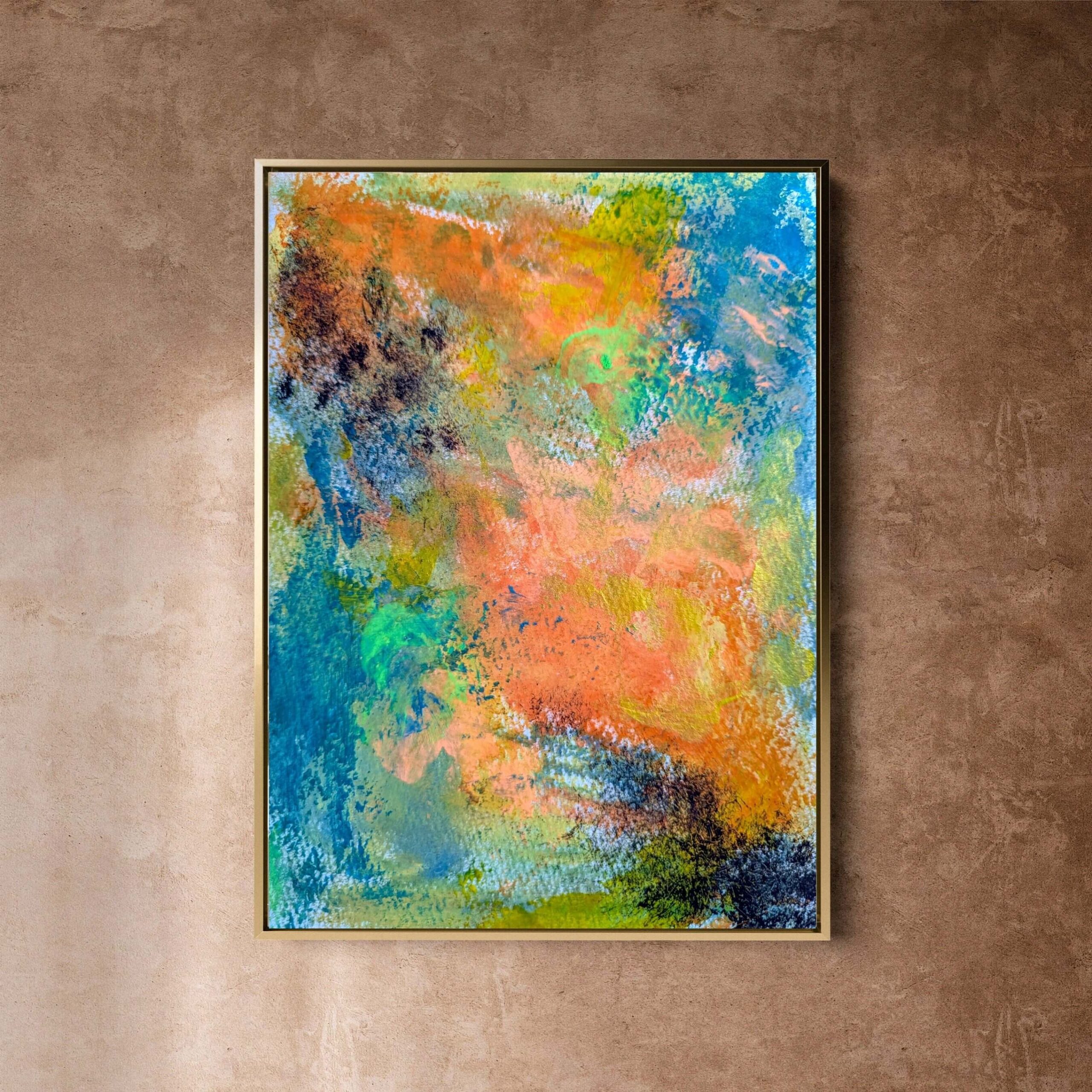

They Don’t Buy Art to Fill a Space
Most people approach art like the final item on a checklist. Once the furniture is in, the layout decided, the walls painted, now it’s time to find a piece that “goes.” It’s treated like an accessory. Something that should fit in. Something that should match.
Emotionally intelligent collectors approach it the opposite way. Art is not the end. It’s the beginning. They’re not solving a decor problem. They’re listening for something that resonates. When they find it, the room isn’t completed; it’s transformed.
They often live with blank walls longer than others would feel comfortable. Not because they’re indecisive, but because they’re waiting for something to speak. And when the right piece arrives, it doesn’t need to “go.” It belongs.
To them, art is not functional. It’s foundational. It sets the tone. It anchors the emotional current of a space. It’s not about finishing a look. It’s about beginning a relationship.
They Can Tell When Art Was Made in Stillness
There is a distinct energetic signature to art that was created from a place of stillness. Emotionally intelligent collectors can sense it. They might not have language for it, but they know. There’s something in the pace of the brushwork, the restraint in the composition, the clarity in the textures.
They are attuned to the difference between art that was made to be liked and art that was made because it needed to exist. They’re not fooled by surface-level aesthetics or performative polish. They feel the undercurrent. They know when an artist has truly arrived in their work.
That’s why they respond so strongly to collections like Legacy Thread. These pieces weren’t part of a sales plan. They weren’t designed for a marketing funnel. They were made in silence. During a season of stillness and inner repair. That energy is in the canvas, not as decoration, but as residue. And emotionally intelligent collectors are the ones who can feel it.
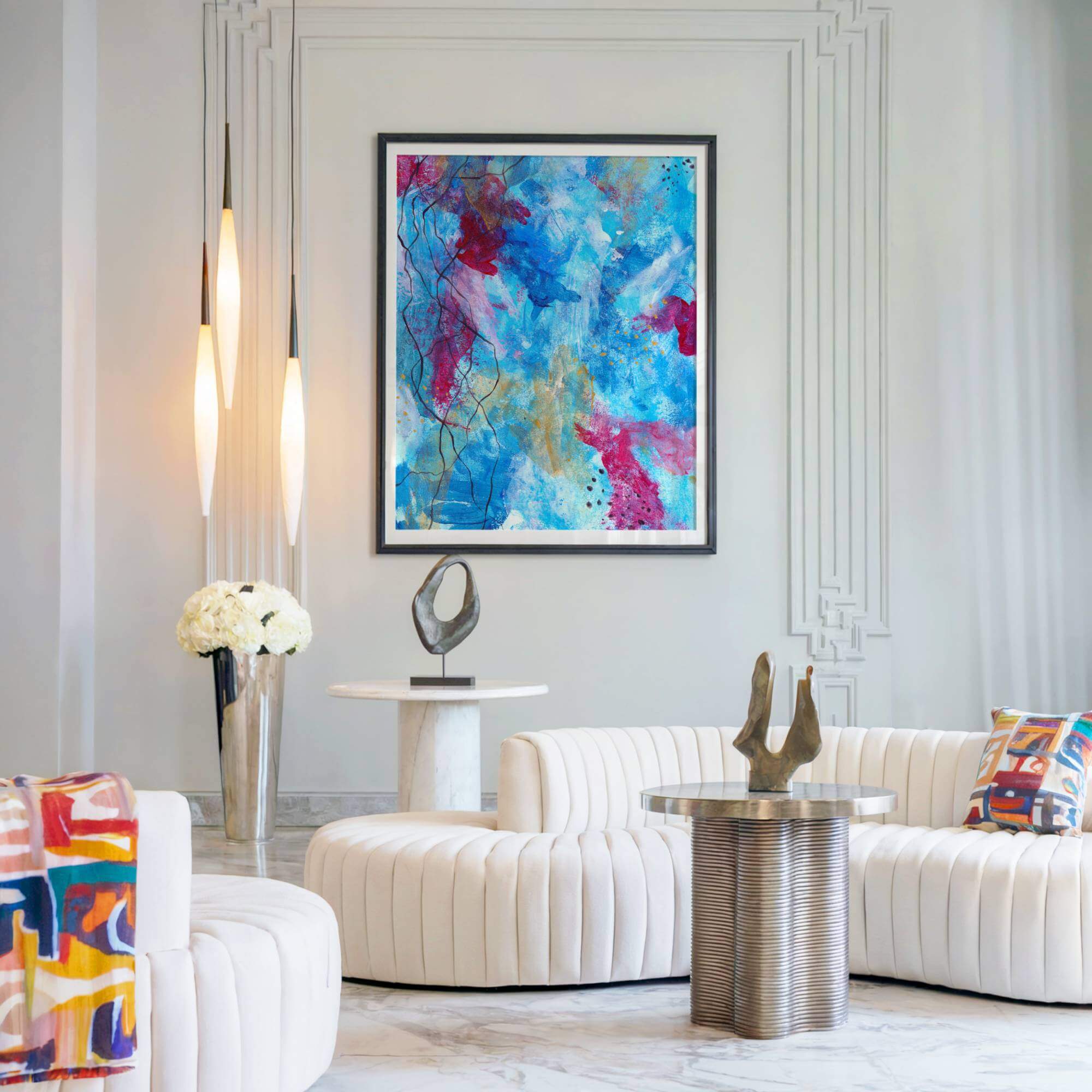
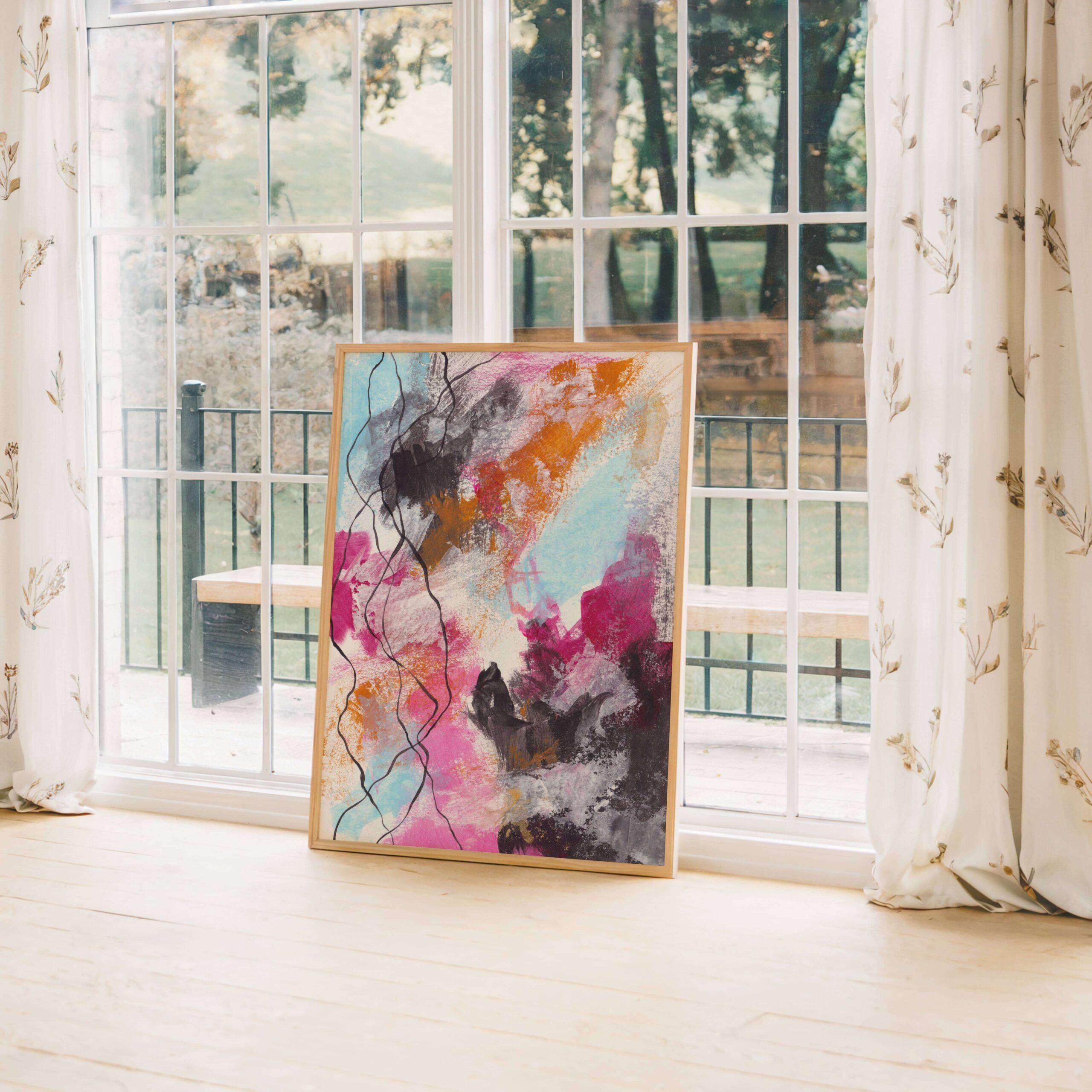
They Trust Their Body First, Then Their Mind
Most art buyers are trained to look for visual harmony. They want to know what will fit in their hallway, or what complements their colour palette. That has its place. But emotionally intelligent collectors are starting from a different place entirely.
They walk into a space and pay attention to their nervous system. They pause in front of a piece and notice what shifts. Does their breath slow? Do their shoulders drop? Is there a moment of stillness that wasn’t there before?
That’s the decision-making threshold.
They may ask questions later. They may measure or consider practicalities. But the initial response is always embodied. It’s about how the work makes them feel in the moment, and how that feeling stays.
This approach isn’t impulsive. It’s grounded. They’re not rushing into decisions. They’re moving from clarity, not logic alone. And that’s why the work they collect lives with them so well.
They Don’t Need an Explanation to Feel Meaning
In a world obsessed with clarity and rationale, emotionally intelligent collectors stand apart. They don’t require a backstory to feel moved. They don’t need to decode the meaning of every shape or ask the artist to explain every colour.
They’re comfortable in ambiguity. They’re at home in emotional nuance. Abstract art, especially, resonates deeply with them because it offers space instead of answers.
They’re not looking for narrative. They’re looking for presence. They don’t ask the piece to perform. They simply stand with it and listen.
This kind of relationship with art is rare. It’s not taught. It’s remembered. And it allows the collector to enter into a dialogue with the work that remains open, evolving, and deeply personal.
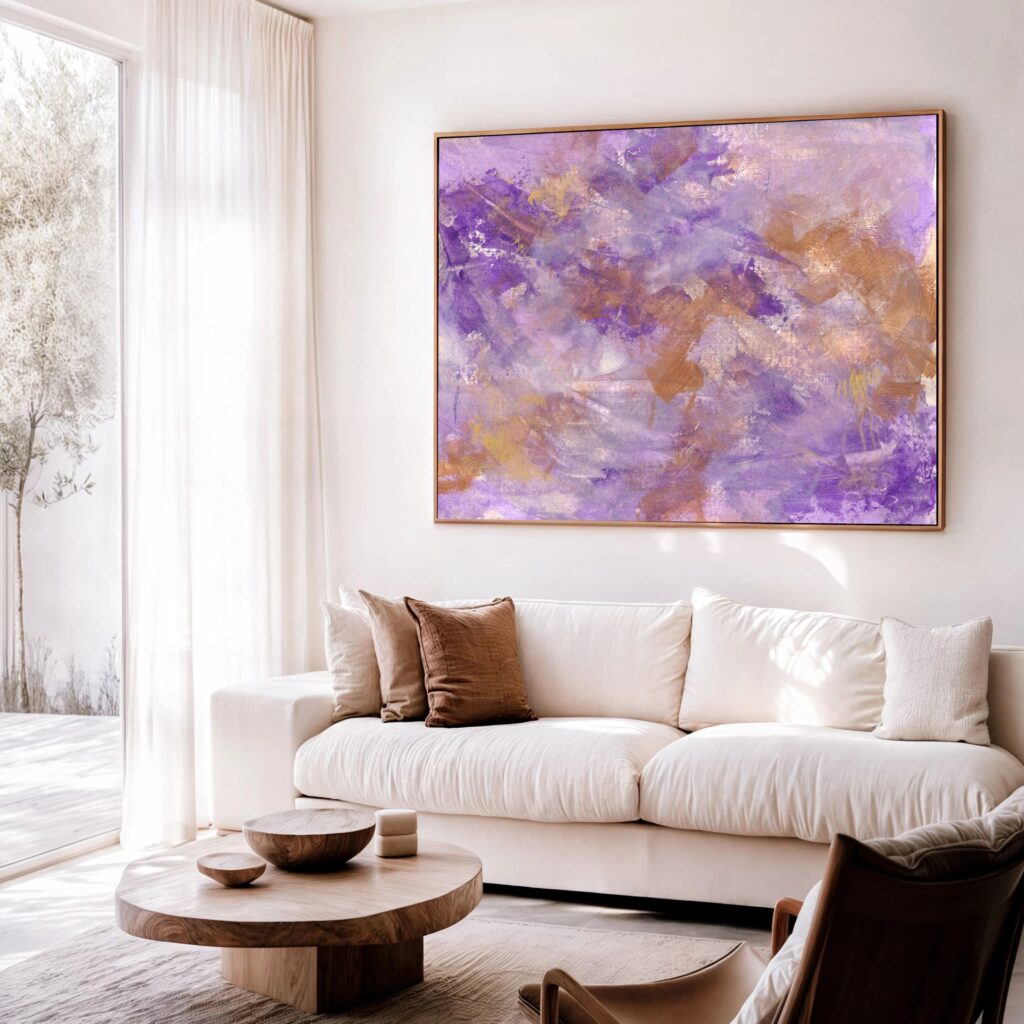

They See the Value in What Can’t Be Replicated
When the world moves toward mass production, emotional intelligence moves toward authenticity. These collectors are not chasing prestige. They’re not chasing scarcity for the sake of status. They’re drawn to what feels alive, and aliveness cannot be manufactured.
They understand that real value lies in the unrepeatable. In the human process behind the work. In the truth that’s layered into every stroke.
They would rather have one piece that holds emotional integrity than ten that follow design trends. Their collections aren’t built to be impressive. They’re built to be honest.
This is why limited, intimate collections like Fragments resonate so deeply. They weren’t created to be capitalised. They were created to survive something. That energy stays in the work, and emotionally intelligent collectors know how to receive it.
They Honour the Artist’s Process, Not Just the Outcome
To many, a painting is a product. A finished thing to hang and enjoy. But emotionally intelligent collectors know that what they’re buying is more than surface. They’re buying a process. A moment in time. A lived-through season.
They’re curious about what lived behind the piece. Not because they want a story to tell guests, but because they understand that the origin of the work shapes how it will live in their space.
They often ask questions that go deeper than technique. What was the artist holding at the time? What had to be let go of to allow this piece to emerge? What did the work teach the artist?
And that’s not because they’re being sentimental. It’s because they recognise art as a form of dialogue, and every dialogue needs context.
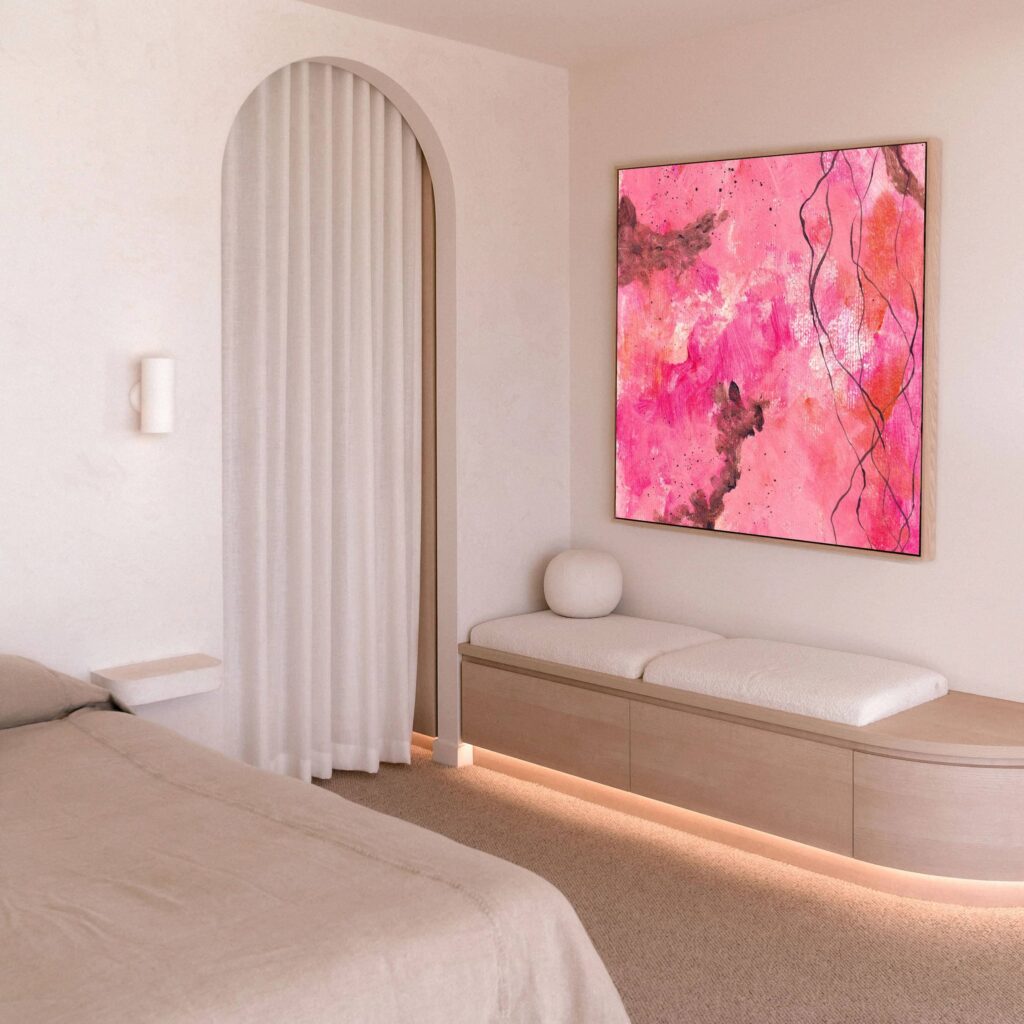
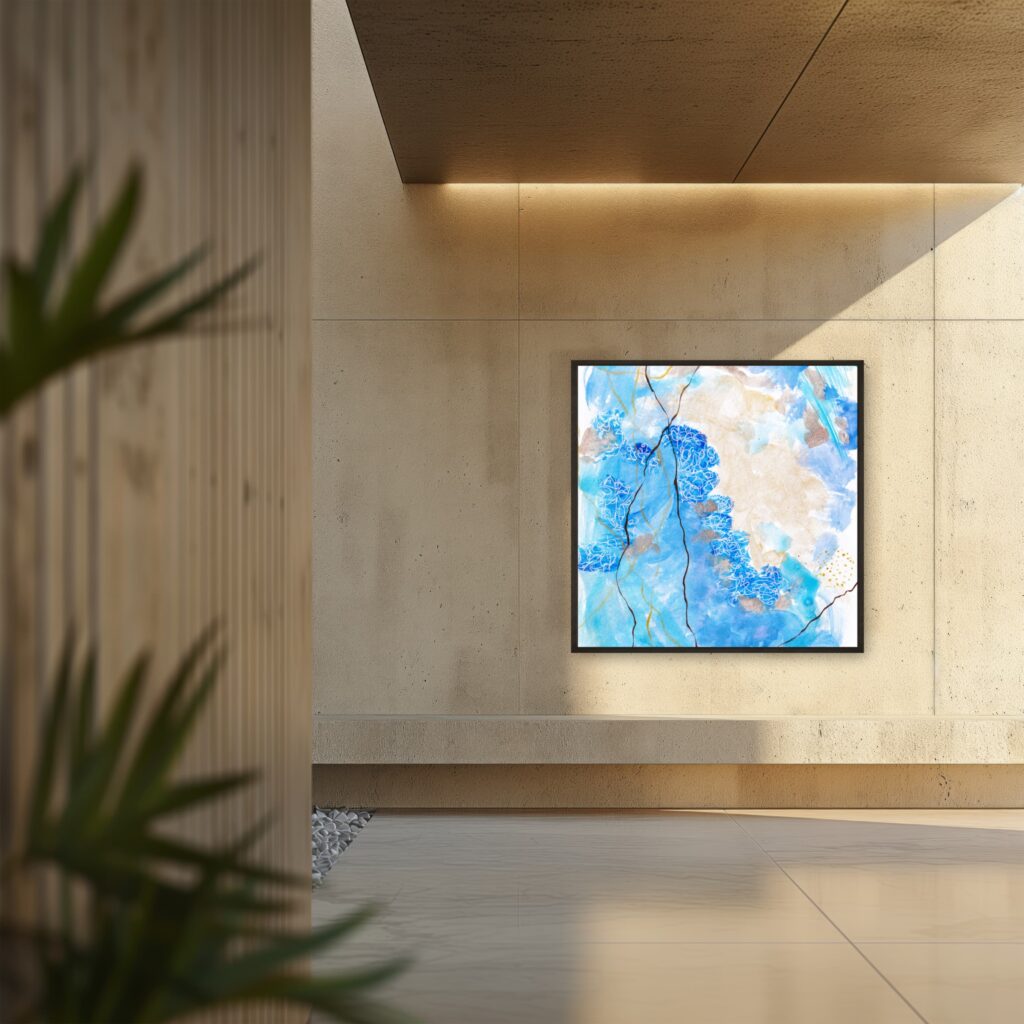
They Collect with Presence, Not Pressure
Speed does not guide their choices. Presence does. They’re not in a rush to buy, but they’re also not waiting for permission.
When they encounter a piece that speaks to them, they’re willing to sit with it. To return to it. To notice how it feels a month from now. But when the time comes, they commit without fanfare.
They don’t barter. They don’t second-guess. They move with grounded knowing.
This kind of relationship to collecting is slow and spacious. It doesn’t follow urgency-based tactics or timed discounts. It follows presence. And the art they choose tends to stay with them for life.
They Choose What Holds, Not What Decorates
There is a kind of art that completes a room. And there is a kind that becomes part of someone’s life. These collectors are not looking for decoration. They are looking for anchoring.
They seek out pieces that will age well emotionally. That will support them through transitions. That will meet them where they are and grow with them as they change.
They often describe the art they choose as “companions.” Not in a sentimental way, but in the sense that the work is relational. It lives with them. It reflects them.
Legacy Thread was created for this kind of home. Not to match, but to witness. Not to hang perfectly, but to hold deeply.
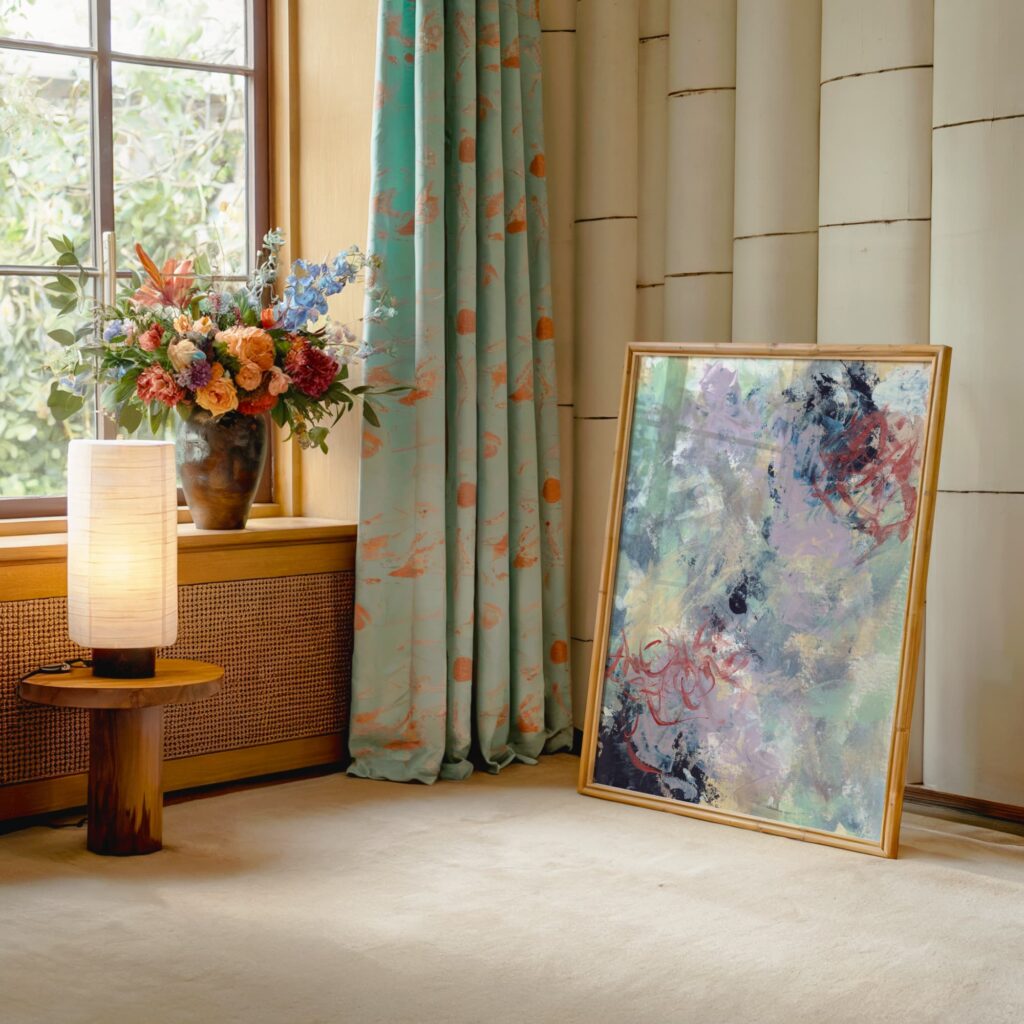
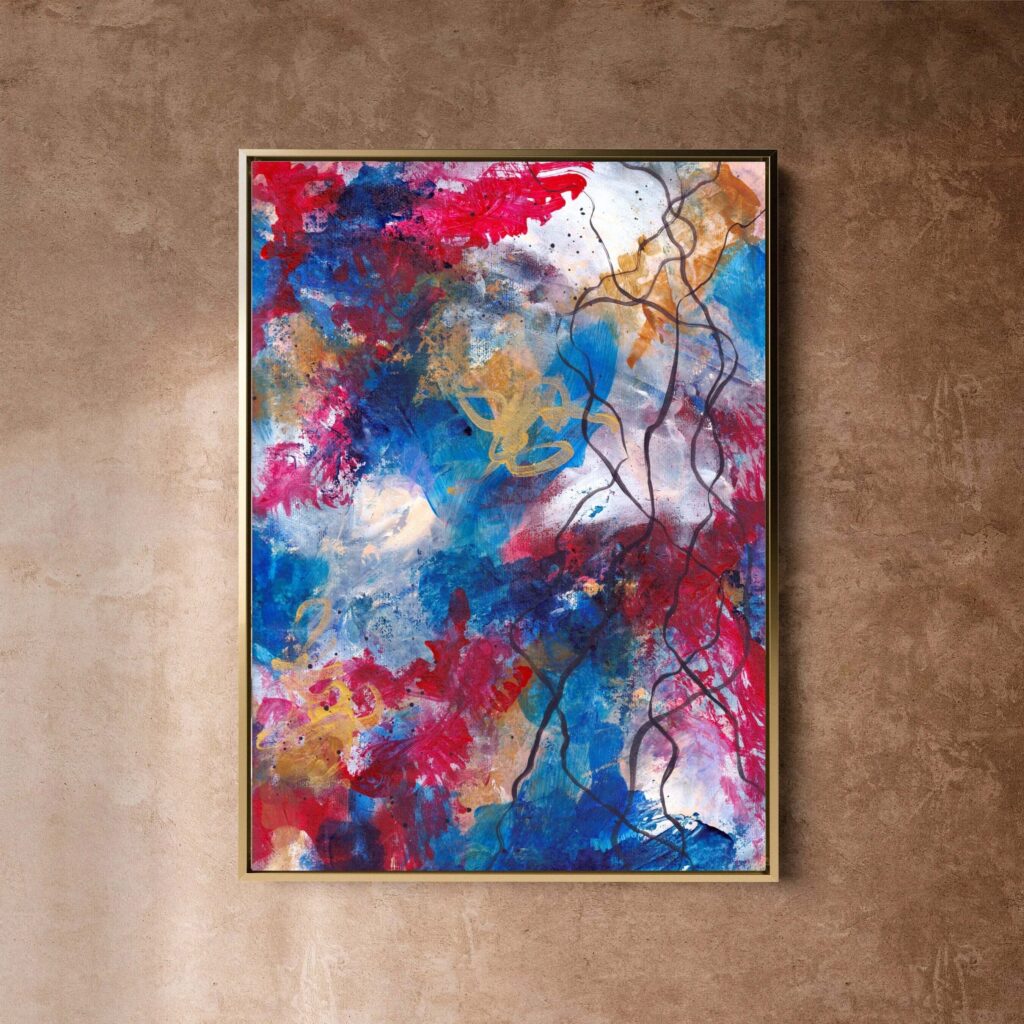
They Understand That True Luxury Is Emotional
True luxury is not excess. It is space. It is silence. It is the ability to feel deeply and safely in your own environment.
Emotionally intelligent collectors aren’t buying to show they’ve made it. They’re buying to make sense of what they’re carrying. Their homes become spaces of rest, not performance.
They choose work that allows them to feel grief and joy at once. Work that doesn’t resolve too quickly. Work that gives them room to unfold, to process, to breathe.
To them, that’s the highest form of luxury. Emotional freedom. And the art they choose supports that state, day after day.
They Don’t Need Validation to Choose What Matters
They don’t follow influencers. They don’t need press clippings. They’re not looking for credentials to make a decision.
What matters to them is whether the piece feels true. Not clever. Not trendy. Just true.
They may be the only one in their circle who sees what they see. And that’s fine. Their choices are not about consensus. They’re about congruence.
They choose with integrity. And because of that, the work they collect becomes more meaningful with time.
My Offerings
Whether you’re a private collector, a wellness-focused brand, or a designer sourcing for a high-calibre project, I offer art that resonates deeply and subtly.
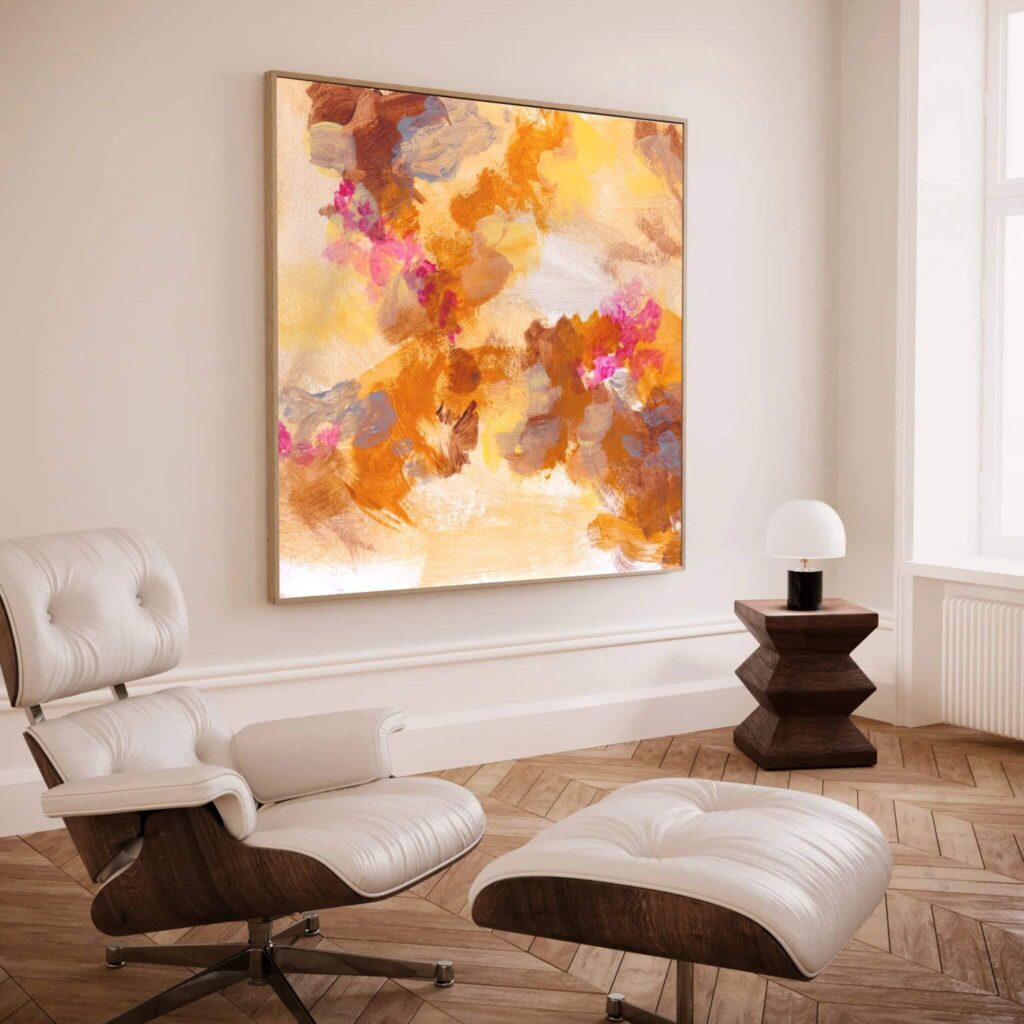
Collector's Vault
Canvas prints from the archive, made with emotional resonance and sustainable materials for spaces seeking depth.
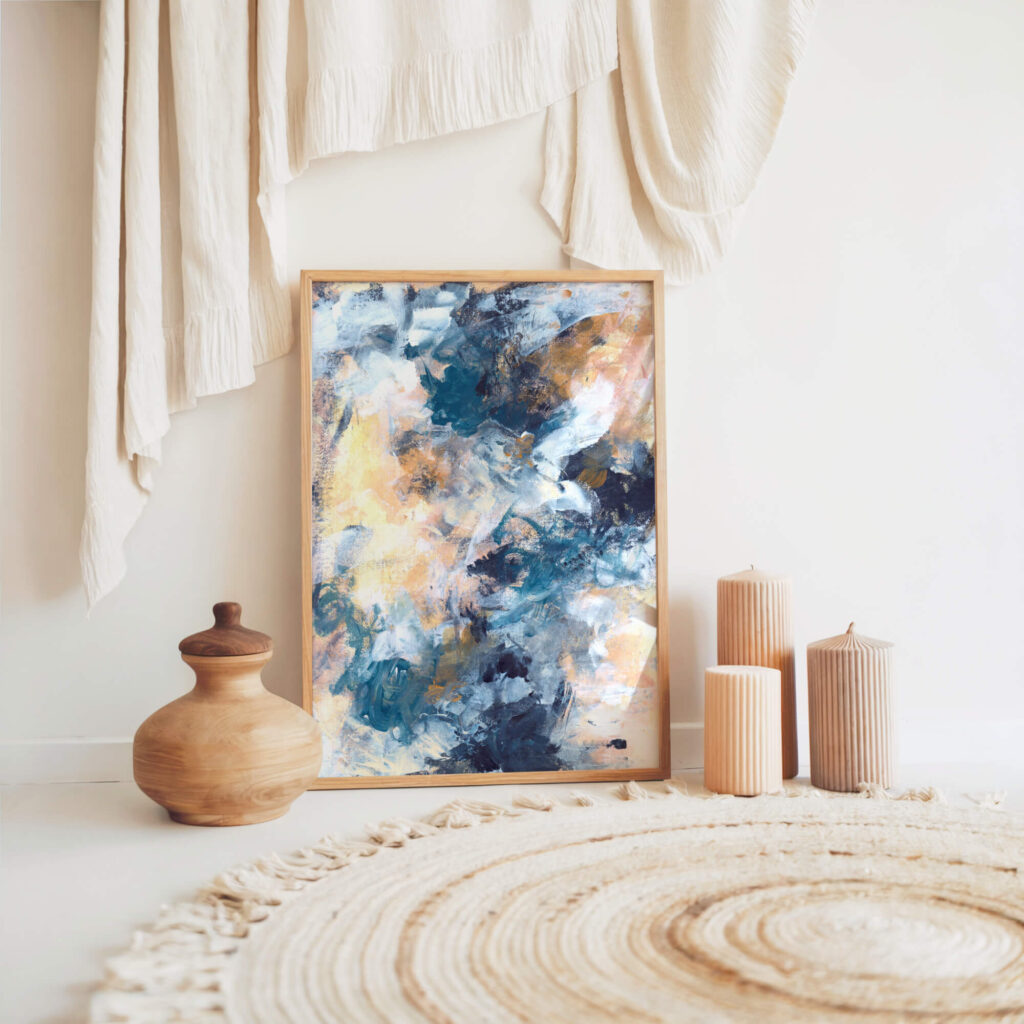
Capsule Commission
Created privately, one at a time, through stillness and reflection. Limited spaces each season to preserve depth and intimacy.
The Last 10
Ultra-limited, hand-embellished editions. No more than ten will ever exist. Made to ground, steady, and hold presence at the highest tier.
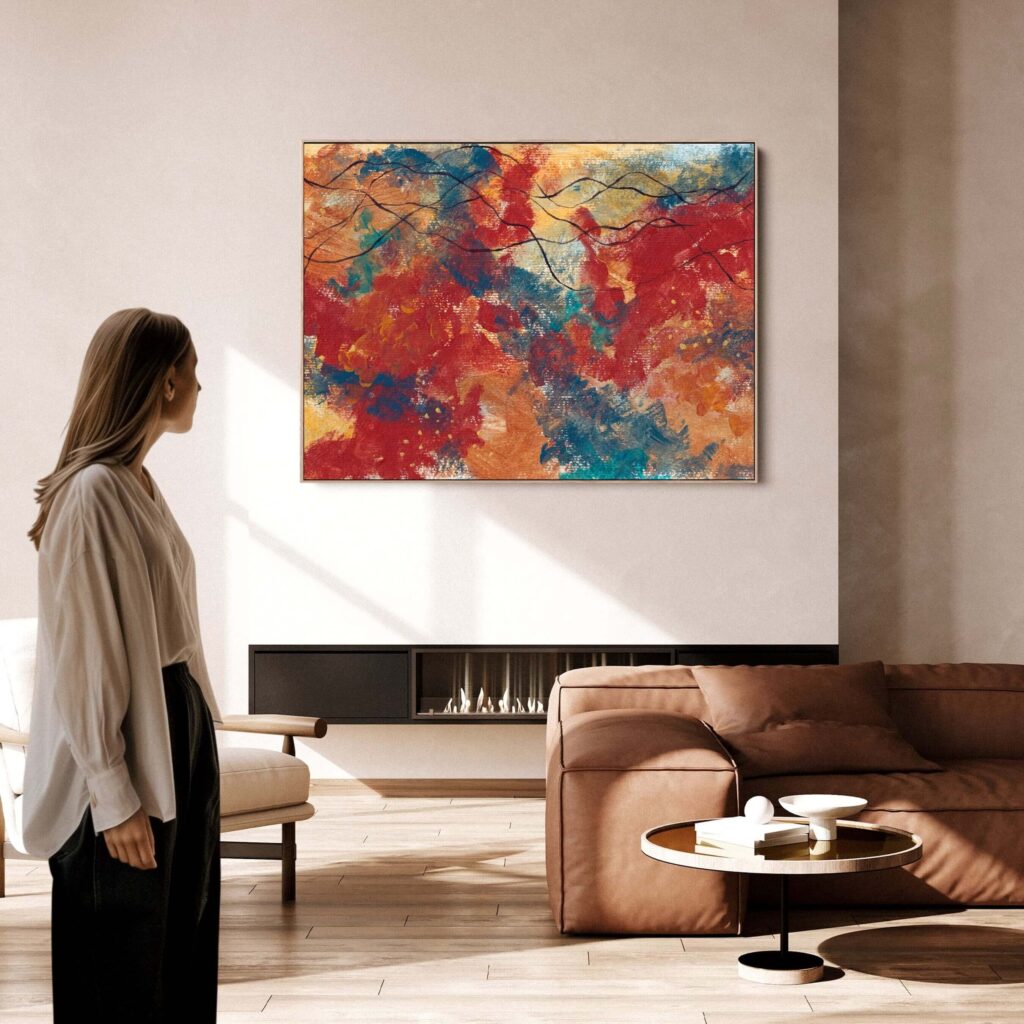
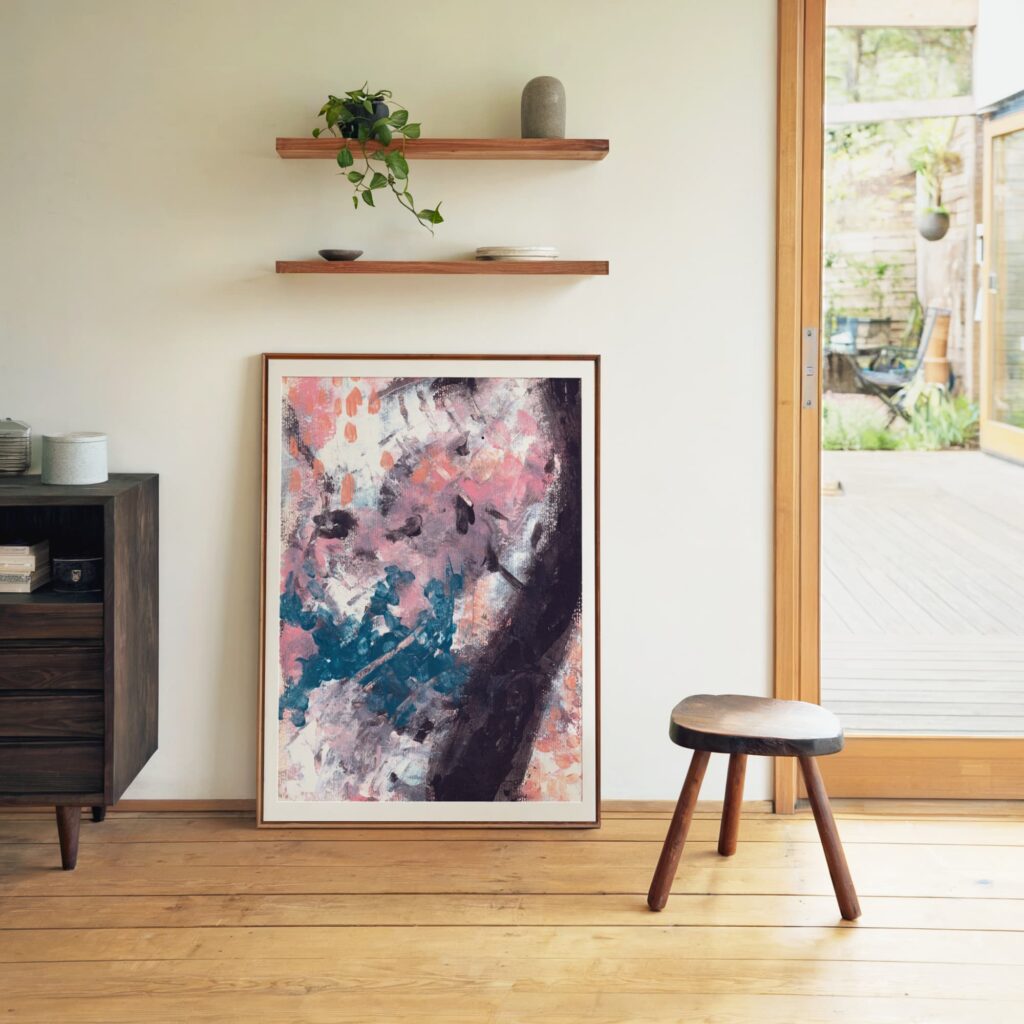
Conclusion
Emotionally intelligent collectors are not a target audience. They are a way of seeing the world.
They are present. Discerning. Intuitive. They feel their way forward. And they are shaping the future of art collecting, not with noise, but with depth.
They are not decorating homes. They are anchoring them.
They are not buying products. They are choosing emotional companions.
And if you are one of them, or becoming one, then Legacy Thread and Stillness Is a Weapon were made with you in mind.
You can request private access here https://vikithorbjorn.art/legacy-thread or download the book to begin.
This is not about status. This is about presence. And that is where the real luxury lives.
